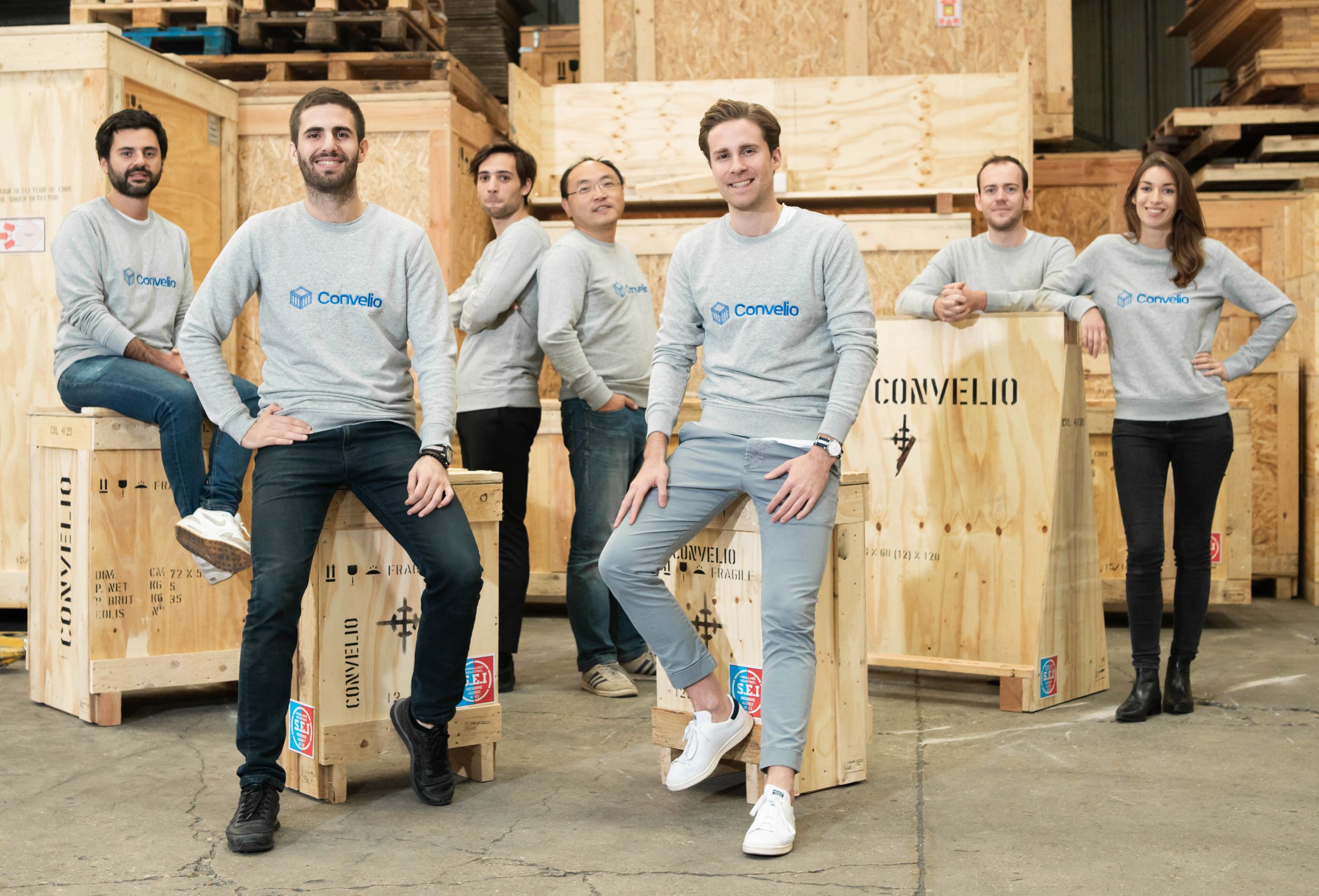The art market is becoming increasingly global, and this has a lot to do with the fact that it is becoming increasingly digital. It is an immense opportunity for galleries, auction houses and art market players as a whole to reach a much wider audience.
Looking back, we see that the market has been digitizing itself in similar ways to other e-commerce segments such as clothing or consumer electronics. A lot of platforms began by referencing products, in this case artworks, before bringing proper e-commerce (i.e. online transactions) on-board, and as in the past, certain frictions initially limited the size of the market. (A lot of us remember the days prior to the wide adoption of PayPal where inputting our credit card details online felt like playing Russian roulette with our bank account – a feeling that definitely hindered the growth of online sales).
Today, we see the same thing happening in the art market. Various websites such as 1stdibs started their business by listing various products online before integrating the online sales brick — which allowed them, along with other parameters, to become one of the leading online platforms on the market. Over the past two years, I have seen dozens of such companies — with various degrees of achievement. If I had to summarize the success of the leading online galleries, design platforms or auction houses, I would say that it comes down to two sets of factors: internal — everything which is linked to the actual market expertise and in-house art knowledge — and external — such as the providers you wish to integrate to bring more convenience to your clients.
The main internal factor of success for a gallery or auction house with an online presence is the quality of its product assortment. Buyers expect to see a range of artwork which is qualitative — and that means being able to prove the provenance, authenticity as well as provide an accurate condition report, and this is no easy task. It seems obvious if you take a bird’s eye view, but what is not very apparent is the amount of work necessary to build a powerful and trustable sourcing network.
The external factors are a set of decisions aiming at providing an experience as frictionless as possible to the end client. In recent years, a lot of iterations have been done on providing an experience which is easy for buyers. In other e-commerce segments, we’ve seen the fast rise of personalization with solutions such as Dynamic Yield which was recently bought by McDonald’s, or the incredible efficiency of Amazon’s logistics.
Shipping: the payment friction of our time
Speaking of fulfillment in the art market, we learned from the 2018 Art Trade Report by Hiscox that it comes as one of the top three biggest challenges in growing the online art market. 37% of art buyers name the complications around artwork shipping as their main obstruction to buying art online, and 77% of them mentioned that guaranteed return would boost their confidence in buying art online. Art players are increasingly conscious of the issue and 48% of the online platforms put fixing fulfillment uncertainties on their roadmap, up from 19% the previous year.
The issue surrounding shipping is becoming increasingly critical. Millennials, second in size only to the Baby Boomers when it comes to buying art and who grew up during the rise of mobile technology and Amazon Prime, are using online channels as their main source for buying art. While 93% of millennial HNW collectors reported having bought artwork online, according to the Art Basel 2019 Art Market, one in four indicated that they would prefer to purchase art online rather than in person, according to the TEFAF Art Market Report.
Taking a high-level view, what can we learn from this data?
The art market is going online partly leveraging its already existing strengths: good sourcing network, strong provenance and authenticity policies, but will end up seeing its growth plateauing if it is unable to implement the right tools to fulfill its orders at a decent cost and with more convenience, without compromising quality. A question you may ask yourself is why nobody ever thought of offering a better shipping experience to clients buying fine-art?
My opinion is that it has a lot to do with the great comfort in which incumbent fine-art shippers have been over the past several decades. They stopped innovating and challenging their own approach because they secretly know they don’t have to. They have been sitting on good margins for many years and their household names open the doors of the big art institutions without much effort. The complexity of logistics, which is made even more complex by a lack of transparency and an opaque pricing structure, creates a strong barrier to entry. All of this, however, creates a lot of opportunities for those who are ready to dig deep and really understand what is going wrong and what needs to be optimized.
By Edouard Gouin












